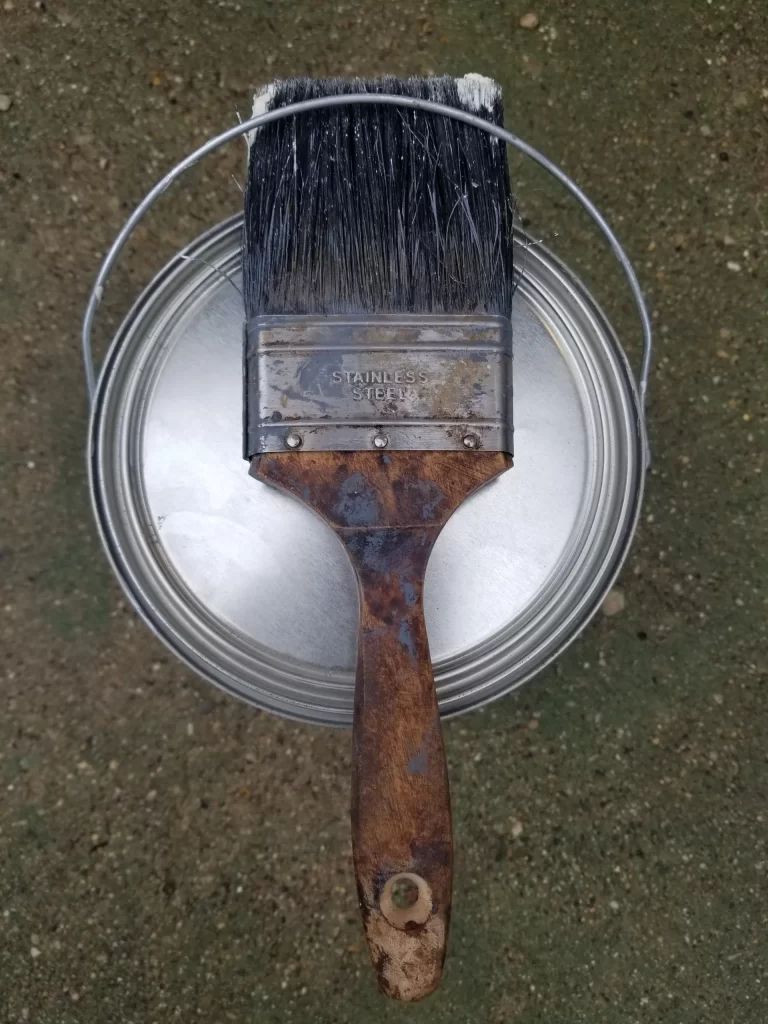Some homeowners are very handy and they are able to complete home renovations and repairs on their own. However, homeowners need to be aware that they could be making a few mistakes, that could ultimately cause difficulties and delays to the project. These types of mistakes are especially common for new homeowners. How are you supposed to avoid the mistakes that you didn’t even know you were making? Below is a list of common mistakes that homeowners make when taking on home renovations without professional help.
The first mistake pertains to setting a budget for your project. Unfortunately, most budgets that are set are unrealistic. Whether it is because materials cost more than you thought or because you encountered an unexpected problem, you should build in an extra 20% to your budget, so you are better prepared. You never know what you are going to encounter when you start on a big home project, so you want to do everything you can to make it less stressful and be realistic with the costs.
Another renovation mistake that homeowners make is when they are adding an addition onto the home. Additions are a wonderful way to give you more space without having to move, but there are important factors to consider. Often times, the addition does not complement the original architecture structure, so there is not a seamless flow to the home. When an addition is done correctly, nobody should ever be able to tell where the addition was added on.
Buying your materials too early is another common mistake. Before you go out and buy your flooring, new appliances or any other materials, you want to make sure that your plan is completely finalized and that you have taken exact measurements. You do not want to run into a situation where your appliances don’t fit or you have ordered way too much or too little of flooring. Taking accurate measurements is very important and if you are even the smallest fraction of an inch off, it can cause a lot of problems for your project. You should measure everything at least twice.
Speaking of flooring, most homeowners buy the exact quantity that is needed for the project. When you are working with flooring, you need to factor in that some pieces may have a defect and some flooring might need to be cut, so you should plan to purchase 20% more flooring than you need. It is better to have some left over, than to not have enough.
The quality of the materials you are purchasing must also be considered. Although it might be tempting to cut corners on your materials, that is only going to cause you more problems down the road, because lower quality materials are not going to last very long.
Since home renovations can be extensive, it really is a good idea to consult with a professional. Professionals are going to see things that most homeowners cannot and they can give you ideas on how to make your design more efficient and functional.


